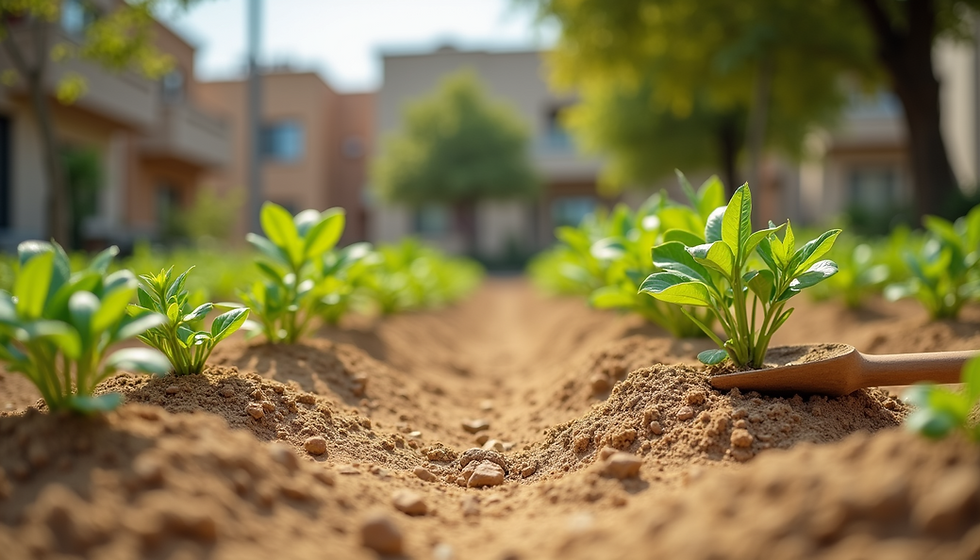From Hunger to Harvest: Tackling Food Insecurity through Infill Greenhouses in Miami-Dade
- Mario Abati

- Apr 29
- 2 min read
In the heart of one of America’s most dynamic and diverse counties, a pressing crisis continues to grow: food insecurity. While luxury condos, celebrity chefs, and cultural events define much of Miami’s public image, over 375,000 residents quietly face hunger. That’s 13.7% of Miami-Dade County’s population — among them, children and seniors are disproportionately affected.

The Hidden Face of Hunger
Food insecurity is not an abstract concept in neighborhoods like Liberty City, Little Havana, and Opa-locka. It’s real, daily, and grinding. Take Maria, a 65-year-old retiree on a fixed income. With two bus transfers between her apartment and the nearest grocery and a sidewalk often blocked by debris, she relies on a nearby church pantry to access fresh produce. She’s not alone. Thousands more face similar barriers.
Behind these stories are systemic factors:
High housing costs: Over 60% of households are cost-burdened.
Food deserts: Entire neighborhoods lack quality supermarkets or affordable produce outlets.
Stagnant wages: Employment doesn’t guarantee food security.
Yet while food insecurity surges, another problem quietly builds: underutilized land.
From Empty Lots to Edible Landscapes
Infill greenhouses — controlled-environment growing structures built on vacant urban land — represent one of Miami's most powerful tools to transform food access. These structures can occupy empty lots, unused rooftops, and even parking decks to create local, year-round food production.
Imagine walking through Allapattah or Little Haiti and seeing a formerly empty parcel now growing lettuce, tomatoes, and strawberries — all while composting neighborhood food scraps and teaching kids how food grows.
A 40,000 square foot greenhouse can produce up to 500,000 lbs of vegetables annually. That’s enough to provide thousands of families with consistent access to healthy food — while generating revenue to sustain the operation.
Why It Works
Proximity: Greenhouses in the city reduce distribution costs and emissions.
Resilience: They’re less affected by supply chain shocks or hurricanes.
Job creation: Urban ag supports new roles in operations, distribution, and education.
Scalability: Rooftops, vacant schools, parking lots — all become growing spaces.
This is not theory. Cities like Chicago, NYC, and Atlanta are already proving the model. NUANCE – MIAMI believes this solution can be uniquely powerful in Miami’s climate, culture, and economic landscape.
By combining composting operations, greenhouse farming, and education — all within urban infill locations — NUANCE offers a scalable solution to feed more people, reduce waste, and empower neighborhoods. These are not theoretical ideas—they are shovel-ready solutions that can be implemented at scale and tailored to the unique layout of Miami-Dade. Our choice is simple: continue underutilizing land and letting families go hungry, or transform that land into self-sustaining food ecosystems. With the right partners, NUANCE – MIAMI can lead the community and nation in proving that local food is not a luxury—it's infrastructure.


Comments